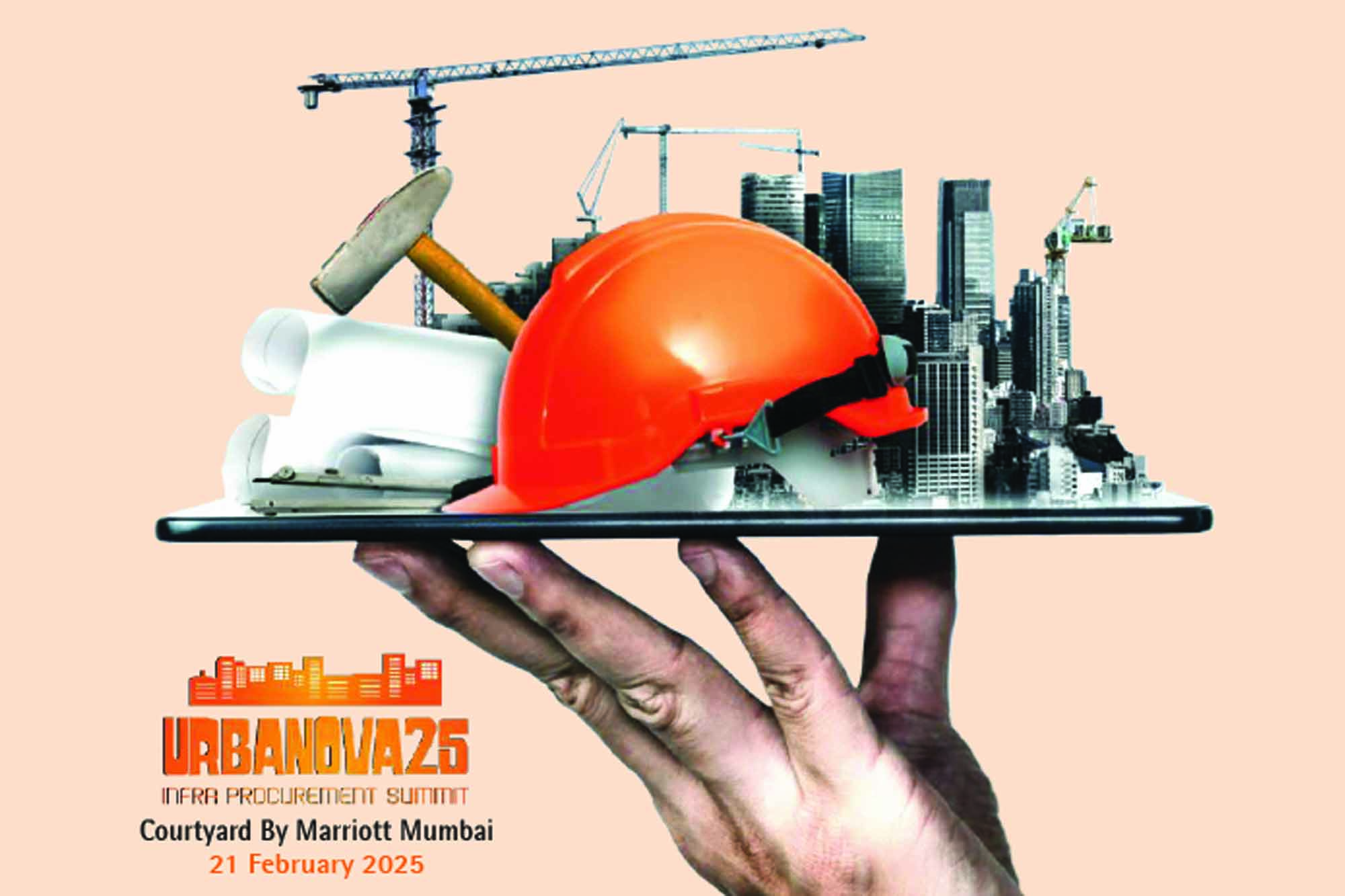Call for electrification, automation and skilling
By Staff Report | December 21, 2024 1:48 pm SHARE

The new motto driving change in the construction sector is green, smart, and skilled. The increasing demand for highly skilled individuals to manage cutting-edge technology brought about by electrification and automation is setting in motion a more sustainable, efficient, and dynamic future in construction.
Electrification, automation, and skilling are now necessary and not optional in the construction industry, which is at a turning point. A trained workforce is becoming increasingly important as companies seek to incorporate the latest technologies into their operations. Working with the government, academic institutions, and industry leaders will ensure that the sector develops effectively and sustainably.
One thing is certain as the construction sector undergoes further change: machines powered by energy, data, and highly competent human hands will build the future. Let’s look at how they are converging to redefine the construction landscape.
Electrification: A green revolution
Among the most significant stimuli in the construction sector is electrification. Electric gear is becoming increasingly necessary as governments throughout the world pledge to reduce their carbon footprints. For instance, with its hybrid powertrains and electric drivetrains, Caterpillar has spearheaded the movement to increase energy efficiency. Amit Bansal, Director of Sales and Marketing at Caterpillar India, states, “Our electric-powered machinery and hybrid vehicles are part of a larger commitment to help our customers meet their climate-related objectives.”
Due to integrating electric technologies, the industry is also shifting towards equipment that runs on renewable energy sources. According to the World Green Building Council, this shift is critical as construction accounts for approximately 39% of global energy-related carbon emissions. Caterpillar’s electric machines drastically reduce lifecycle greenhouse gas emissions by using up to 100% hydrotreated vegetable oil (HVO) instead of conventional diesel fuels. Achieving the industry’s decarbonisation objectives requires such solutions.

Automation: Boosting productivity and safety
Automation has changed how tasks are performed at construction sites, making it much safer, more accurate, and more efficient. From bricklaying to excavation, complicated operations that previously required human interaction are now completed by AI-powered machines. Real-time data from IoT-enabled equipment enables predictive maintenance, ensuring machinery runs as efficiently as possible.
“Our Magni Telehandlers are equipped with IoT and telematics, which allow for real-time equipment monitoring and predictive maintenance,” highlights Vikram Rana, Director of Abhay Rana Infra Services Pvt. Ltd. “AI-enhanced features such as smart load balancing ensure that we improve operational productivity while keeping safety at the forefront.”
One of the standout innovations is Caterpillar’s telematics system, which connects over 1.5 million assets worldwide and provides critical insights into fleet performance, fuel usage, and machine health. This data-driven approach improves efficiency and reduces downtime and maintenance costs, keeping projects on schedule and within budget.
Automation has also made a mark in material handling solutions. Nandan GSE, led by Dr. Raghunandan Jagdish, MD and CEO, uses IoT-enabled systems in their equipment to monitor real-time performance and predict equipment failure. “This constant monitoring ensures that machines perform at their best while lowering operational expenses,” Dr. Jagdish explains.
Skilling: Preparing the workforce of tomorrow
While automation and electrification transform the machinery landscape, skilling is essential to ensure these technologies reach their full potential. The integration of advanced technologies calls for a well-trained workforce capable of operating modern equipment. Many construction firms, recognising this need, have initiated comprehensive training programs.
Abhay Rana Infra Services provides specialised training programs for operators and technicians. “We offer hands-on training, certification courses emphasising safety, and digital platforms with interactive modules. This ensures our operators have the right skills to utilise our Magni equipment to its fullest,” says Vikram Rana.

This focus on skilling extends across the industry. Columbia Machine Engineering offers comprehensive training programs for its operators, as President and Director Dilip R. Sharma points out. “We recommend our customers employ skilled personnel with ITI or diploma certificates and train them thoroughly in machine settings, mould changes, and process optimisation.” This ensures that equipment is operated safely and efficiently, minimising breakdowns and extending its lifespan.
The need for skilled operators is even more pressing in the heavy machinery, where machine sensitivity and precision are critical. Suretech Infrastructure’s Chairman and MD, Sunil Newatia, highlights the importance of upskilling. “Our operators undergo rigorous training, not just in operating the equipment but also in understanding soil dynamics, which is critical for sensitive equipment like pile drivers,” he explains.
As technology advances, companies are turning to digital tools for training. Digital learning platforms, VR simulations, and remote assistance are becoming the norm, ensuring that even geographically dispersed teams can stay updated with the latest technologies.
What lies beyond
Despite the benefits, electrification and automation bring significant challenges. Companies must overcome high upfront costs, integration difficulties, and the need for a supportive ecosystem. Rana says, “Establishing a robust supplier and service provider network is key. We focus on developing local partnerships to ensure we have the right infrastructure to support our technology.”
Skilling also poses a challenge, particularly in regions with lower levels of technical education. The industry’s transition to electrification and automation could widen the skills gap if training programs keep up with the technologies being introduced. Companies must work closely with educational institutions and governments to address this gap through apprenticeship programs, certifications, and on-the-job training.
But the journey is only getting started. The construction sector will significantly shape a greener, smarter, and more efficient future as long as companies keep investing in R&D, skilling programs, and sustainable technologies.
Cookie Consent
We use cookies to personalize your experience. By continuing to visit this website you agree to our Terms & Conditions, Privacy Policy and Cookie Policy.






































-20240213125207.png)

























